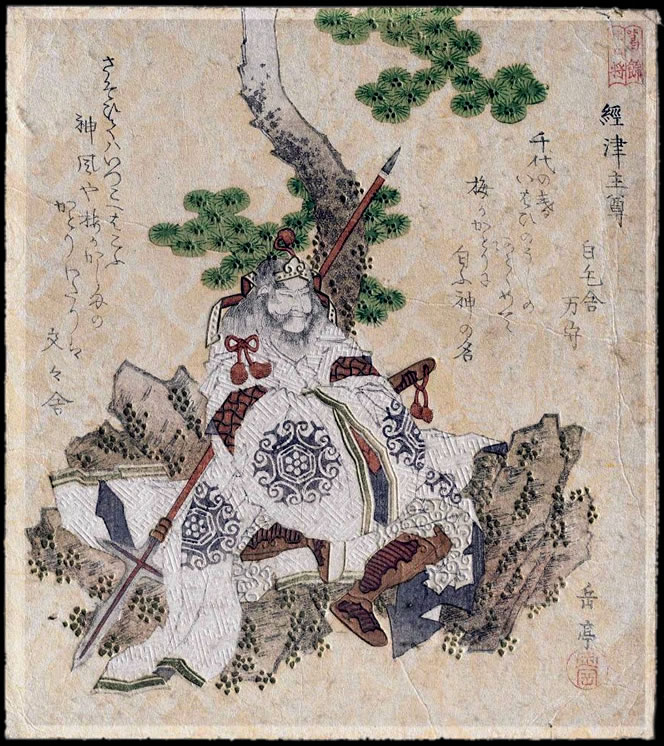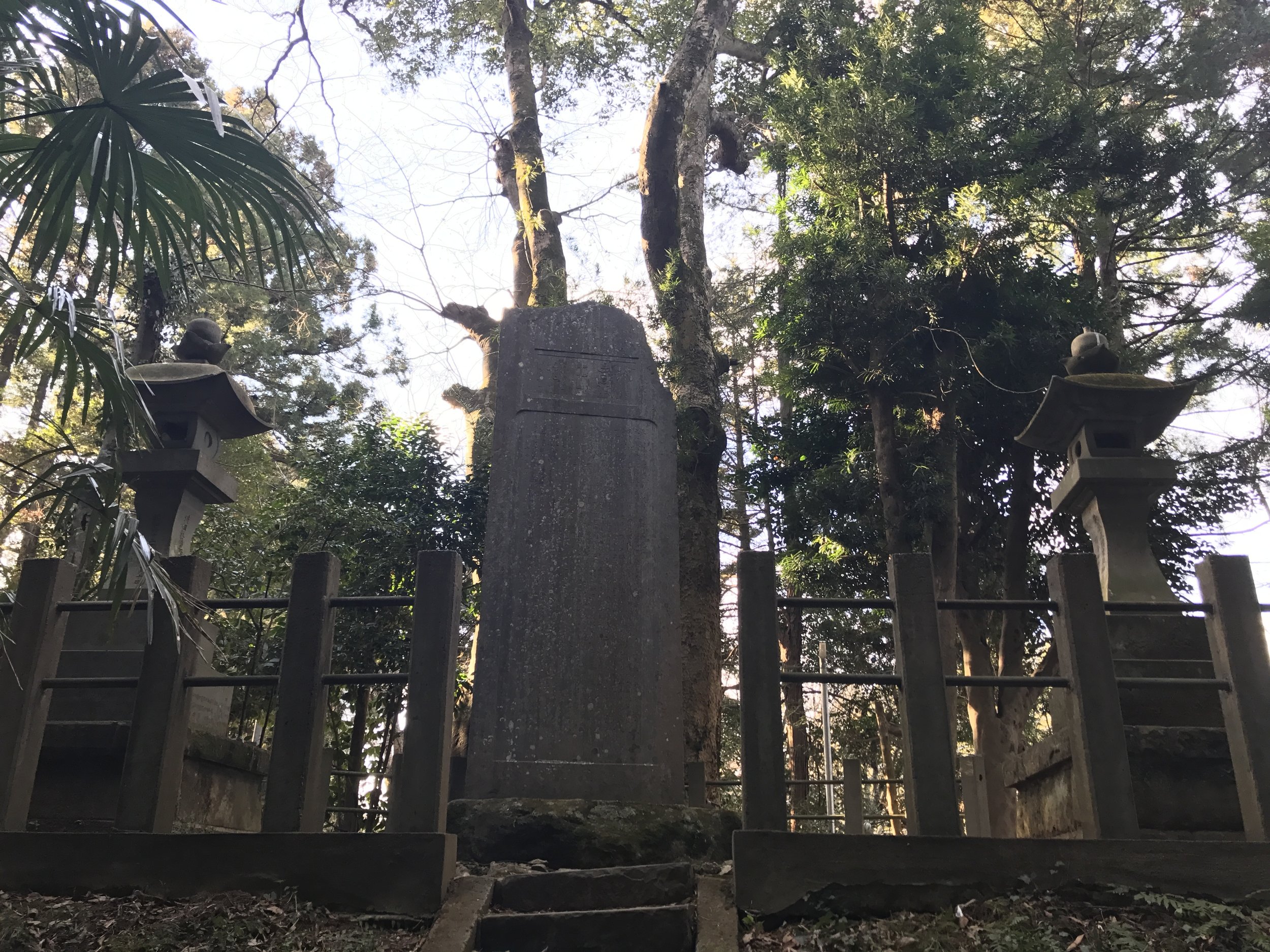Brief background on Tenshin Shōden Katori Shintō-ryū (天真正伝香取神道流)
During the early Muromachi period, most Japanese warfighters found themselves on either side of the War between Northern and Southern courts of the Imperial dynasty. Many of them described their skills as Kyuba no Michi (the way of the horse and bow); however in a few camps, a new phenomenon was being developed, known today as koryu (old school, ryu, lit. Flow). The ryu is a transmission system for a combat philosophy. A single ryu may be centered on a deity or shrine, or a town or family to maintain its political identity, but they all maintain kata (forms) to transmit their unique combative identity.
Among the clans engaged in the hostilities, the Chiba clan, who had ruled multiple provinces over 300 years, found their ability to wage war waning. When A warrior in their service named Iizasa Yamashiro-no-kami, finding himself disenfranchised, donated his farmland to his retainers, and retired from the battlefield for shugyo (austere training).
Iizasa Yamashiro-no-kami was from the village Iizasa where his upbringing included spearmanship and swordsmanship. His skills with these weapons were recognized by his peers in deployment. When Iizasa retired from active fighting for shugyo, his destination, Katori Jingu (shrine), was not at random.
In Japan, the designation "jingu" is reserved for important imperial shrines; Katori Jingu having earned theirs for its patron deity's role in the pacification of the land. Futsunushi-no-kami inherited the divine tactics of the martial god Marishiten to accomplish the task, however his opponent abdicated rule when Futsunushi-no-kami threw his sword into the ground and commanded him to do so. In a more personal anecdote from Iizasa, once, while at a well in the Katori area, an attendant's horse dropped dead while being washed in the well water. The event convinced Iizasa of Futsunushi-no-kami's power.
After shedding his possessions and taking the religious name Choisai, and upon arriving at Katori Jingu, Iizasa began his shugyo. Iizasa prayed to various deities early in the morning and throughout the day, offering one thousand prayers everyday for one thousand days, and every night taking up his bokuto (wooden sword) to practice. His dedication did not go unnoticed, and Futsunushi-no-kami descended to bestow his martial legacy upon Iizasa. This legacy was transmitted in the "container" known as kata. The kata are passed today as the Tenshin Shoden Katori Shinto ryu; a sogo budo (comprehensive martial art) of the diverse weaponry of the period, imbued with the unique combat philosophy of Futsunushi-no-kami.
As a transmission method, kata is a multifaceted endeavor. The kata of Katori Shinto ryu serve to not only hone the movement skills of the practitioner, but also to hide the true application of the waza (technique). The kuden (oral teachings) offer insight into the movements that are not outwardly apparent, and require an experienced kyoshi (instructor) to enhance the practice beyond mere attack and defense, to a more dynamic approach to combat. The divine genius of the Katori Shinto ryu kata is this; their ability to at once challenge the outer initiate with necessary technical hurdles, while preserving the true application for the inner initiate.
Sensei Tetsutaka Sugawara is such an instructor.
More on the Katori Shinto Ryu Curriculum
Futsunushi no Mikoto Image credit: Harvard
Katori Shinto Ryu was passed by 経津主神 Futsunushi-no-kami (seen above in representation) to the founder (below)
Iizasa Chōisai Ienao (飯篠 長威斎 家直)
c.1387 – May 26, 1488
Late Edo Period Representation of Iizasa Ienao 飯篠長威斉 in the National Diet Library https://dl.ndl.go.jp/info:ndljp/pid/1287599/1




